APIs
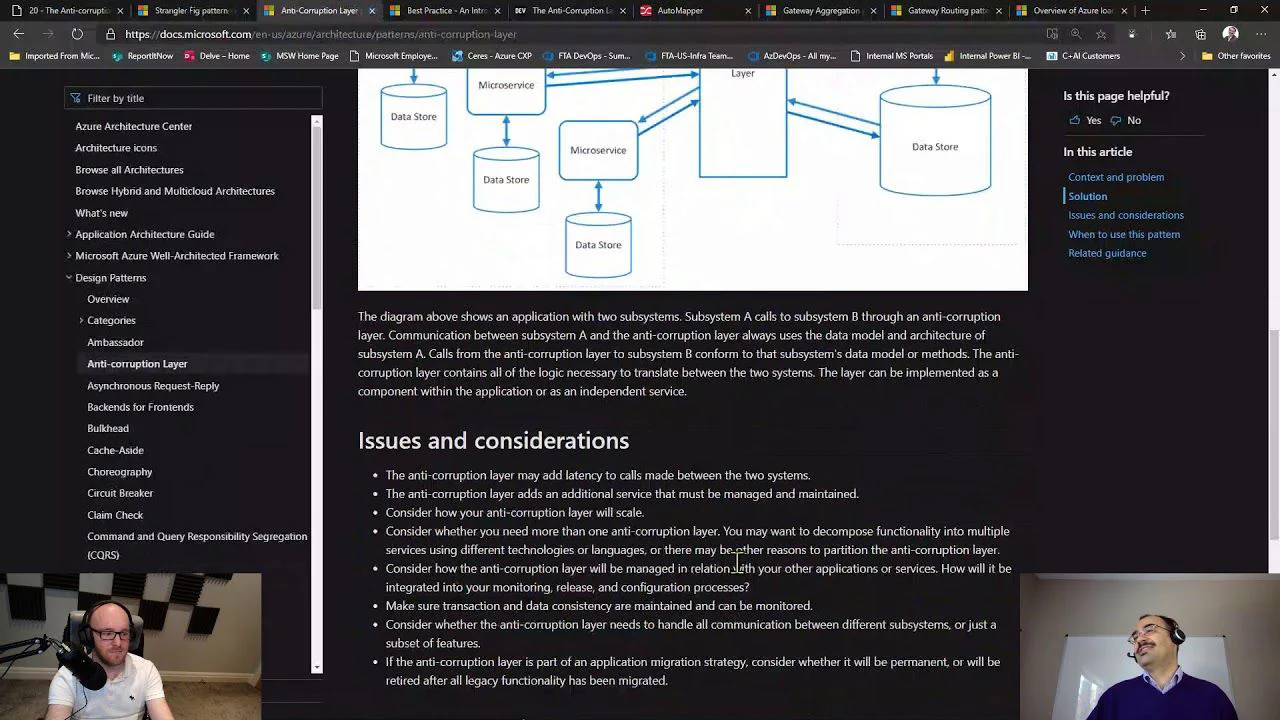
20 - The Anti-corruption layer, Gateway Aggregation and Gateway Routing patterns
You've heard Peter and Chris talk about The Façade pattern previously. These patterns build upon the Façade concept. The façade layer could be used to translate requests between various subsystems, aggregate multiple backend requests into a single response and offload specialised functionality to a gateway proxy. Tune in and listen to Peter Piper join Chris Reddington, as they discuss The Anti-corruption layer, Gateway Aggregation and Gateway Routing patterns! This is another episode in the series of Architecting for the Cloud, one pattern at a time.
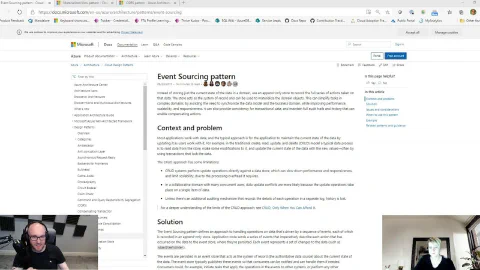
19 - The Event Sourcing, Materialized View and CQRS Patterns
The event sourcing pattern is a well-known pattern and has been around for some time. The idea is that you use an append-only store to record the full series of actions taken on the data. This combines well with the materialized view pattern, where a pre-populated view is generated over one (or more) data stores when the data isn't in an ideal format for querying. These two patterns are common patterns used in an event-driven architecture. Join Chris and Steph as they talk about both of these patterns and how they may be able to help. This is another episode in the series of Architecting for the Cloud, one pattern at a time.
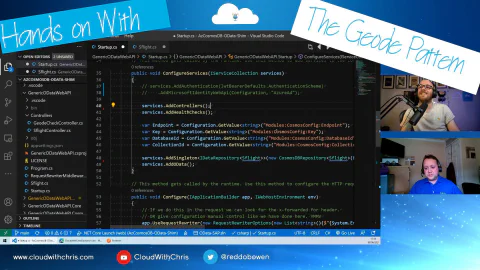
11 - The Geode Pattern - What is it and how can it be useful for my app?
You may have heard of patterns like the retry pattern, circuit breaker, CQRS or bulkhead. But have you heard about the Geode pattern? Join Chris and Will Eastbury in this session as they talk through how this pattern can help improve latency and increase availability for your application.
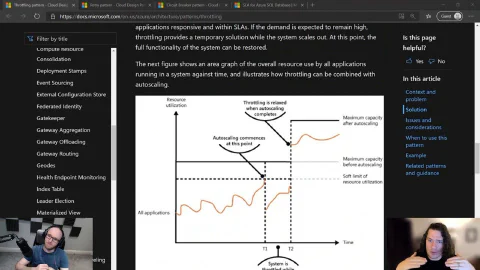
17 - The Throttling, Retry and Circuit Breaker Patterns
How are you thinking about handling load on your application, scaling out perhaps? But what about if you're building a multi-tenant service and worried about safeguarding resources on a per tenant basis? What happens if there's a temporary blip, and there are issues that impact the stability of the application? Then tune in to this episode where Chris is joined by John Downs, talking about the Throttling, Retry and Circuit Breaker Patterns. This is another episode in the series of Architecting for the Cloud, one pattern at a time.

16 - The Backends for Frontends and Strangler Pattern with Peter Piper
Developing applications for new platforms, and struggling to manage your API estate? Finding you have to refactor, or in a scenario where your code isn't clean? Want to decouple your backend APIs from your clients, and figure out how you can move from a legacy set of APIs to modern APIs? Then tune in and listen to Peter Piper join Chris Reddington, as they discuss the Backend for Frontends and Strangler Pattern, with an honourable mention to the Façade pattern as well! This is another episode in the series of Architecting for the Cloud, one pattern at a time.

15 - The Sharding and Index Table Patterns
Starting to think about the data layer of your application, and concerned about scalability of your solution? Or have some form of application that needs to have segragation of data, perhaps customers with requirements to have their data in a particular geography? Then the first part of the session may be for you, focused on the Sharding pattern! But what about if you're using a data store which doesn't support secondary indexes? Won't you be limited on the efficiency and types of queries that you can run across your data? Then this is where you may be interested in the Index Table Pattern. Listen in to this session where Chris Reddington is joined by Steph Martin, talking about both of these patterns. This is another episode in the series of Architecting for the Cloud, one pattern at a time.
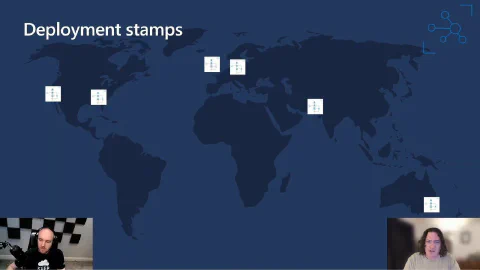
14 - The Deployment Stamps Pattern
Want to focus on scaling an application, or care about resilience? Have a multi-tenant app, but some of your customers have specific requirements for their scenario? Want to have an application deployed globally, but users housed in a particular area for Data Sovereignty? Then listen in to this session where Chris Reddington is joined by John Downs, talking about The Deployment Stamps Pattern. This is another episode in the series of Architecting for the Cloud, one pattern at a time.

5 - The API Economy
Let's introduce the next episode -We have another guest! We're starting to bring a few of those previous topics together in this episode. We touch upon requirements, DevOps, and building applications - or rather APIs - in the cloud. In this episode, I talk with a colleague and friend, Peter Piper, on factors that relate and impact API design. So, without further ado... here we go!

1 - Requirements in Context
This is the first episode! We'll be talking about all things requirements. Why is that? Well, that's the place any kind of project should start - What are you aiming for, what are you trying to achieve and what is the context?
